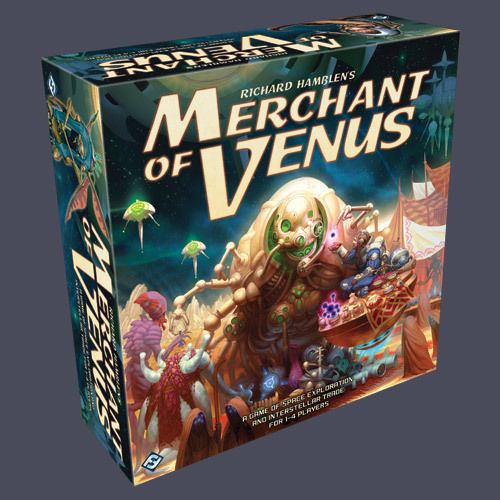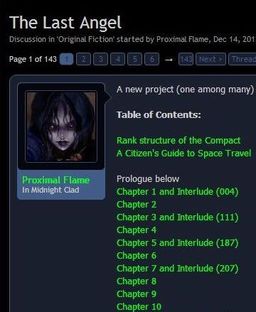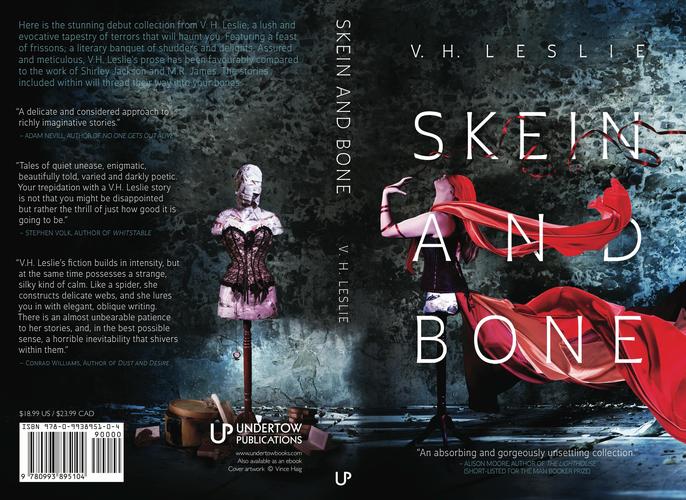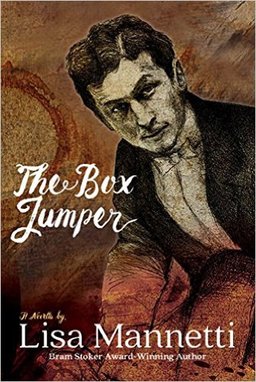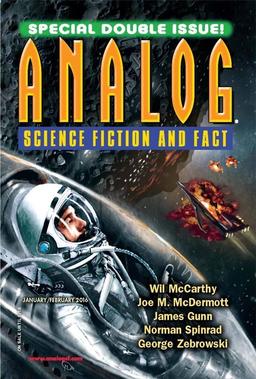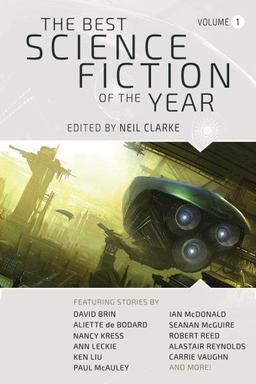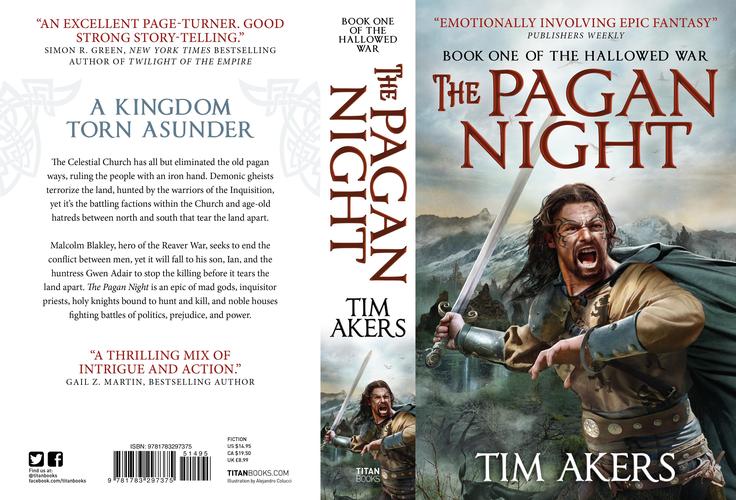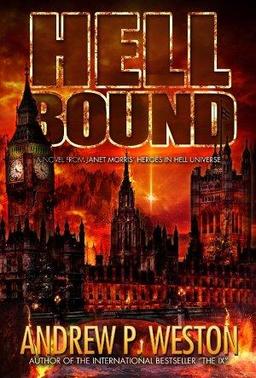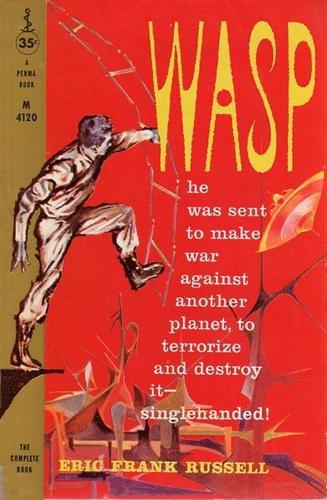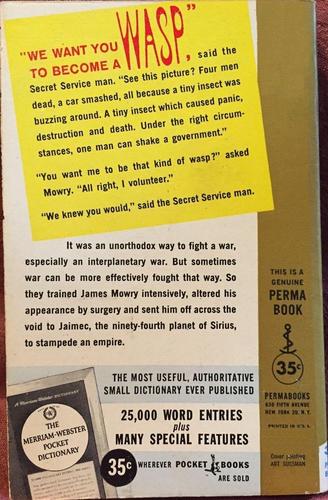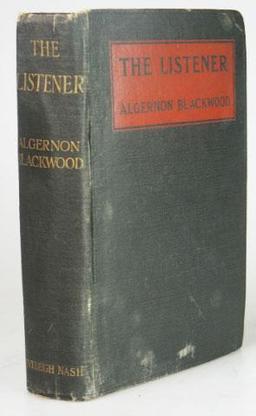Become a Trader Among the Stars with Merchant of Venus
In 1988, during the golden age of Avalon Hill, the company published an unusual game called Merchant of Venus. The title, of course, was a play on Shakespeare’s The Merchant of Venice… the game was set in a cluster of stars far from Earth, and Venus didn’t feature at all (It also had nothing to do with Frederik Pohl’s classic novella “The Merchant of Venus,” first published in the August 1972 Worlds of If, which featured the first appearance of the Heechee).
Unlike Avalon Hill’s other science fiction games — like Stellar Conquest and Alpha Omega — the focus of Merchant of Venus wasn’t crushing your opponents with massive fleets of warships. Players were explorers and traders in an unexplored part of the galaxy during a reawakening of galactic civilization, discovering long-lost pockets of civilization, and opening fabulously profitable trade routes. Playable with up to six players, the game also had an intriguing solitaire version, which featured action-heavy combat with a strange militaristic race. The Avalon Hill version was designed by Richard Hamblen, and has been out of print for nearly 30 years. Like most Avalon Hill games, it’s highly collectible now, with copies selling for $35-100 on eBay.
In 2012 Fantasy Flight Games, in partnership with Stronghold Games, released a deluxe edition of Merchant of Venus, with upgraded components and a two-sided game board. One side features the classic game by Richard Hamblen; flip it over, and you can play a more contemporary version of the game, with new rules by Robert A. Kouba.
